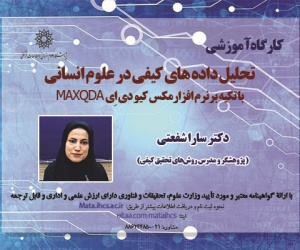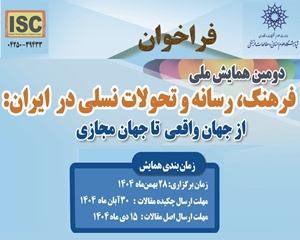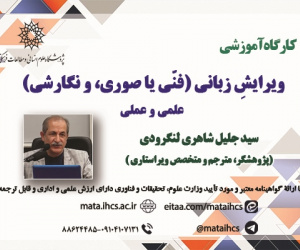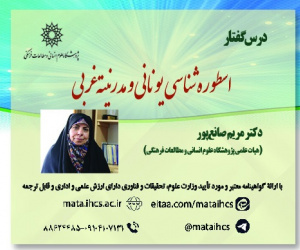تبیین نظریه ای برای الگوی مفهومی تردید حرفه ای حسابرسان: با رویکرد روش آمیخته (مقاله علمی وزارت علوم)
درجه علمی: نشریه علمی (وزارت علوم)
آرشیو
چکیده
این پژوهش به تبیین ت ردید حرفه ای از دیدگاه های مختلف ناشی از تعاملات اجتماعی و روابط بین حسابرس و صاحبکار در زمینه حسابرسی می پردازد. در این زمینه مواردی از جمله، آنچه که ت ردید ح رفه ای را شکل می دهد، چگونگی بکارگیری آن توسط حسابرسان مستقل، اینکه چگونه آن دیدگاه ها بین حسابرسان متفاوت می باشد، موانع و محرک های تردید حرفه ای کدامند؟ و پیامد های حاصل از بکارگیری تردید حرفه ای چیست؟ مورد بررسی قرار گرفت و در نهایت مدلی برای ت ردید ح رفه ای حسابرسان با توجه به حرفه ی حسابرسی در ای ران ارائ ه شد. روﯾﮑﺮد ﺑﺨﺶ ﮐﯿﻔﯽ، ﻣﺒﺘﻨﯽ ﺑﺮ ﻧﻈﺮﯾﻪ داده ﺑﻨﯿﺎد و اﺑﺰار ﮔﺮدآوری اﻃﻼﻋﺎت، ﻣﺼﺎﺣﺒﻪ ﻧﯿﻤﻪ ﺳﺎﺧﺖ ﯾﺎﻓﺘﻪ ﺑﺎ ﺟﺎﻣﻌﻪ ﺣﺴﺎﺑﺪاران رﺳﻤﯽ اﯾﺮان، ﮐﻪ ﺑﺎ روش ﻧﻤﻮﻧﻪﮔﯿﺮی ﮔﻠﻮﻟﻪ ﺑﺮﻓﯽ طی سال 1400 اﻧﺘﺨﺎب ﺷﺪﻧﺪ، است. مهمترین دس تاورد این تحقیق را می توان دس تیابی به مدل پارادایمی از ت ردید ح رفه ای حسابرس دانست. همچنین م دل ت ردید ح رفه ای تبیین شده در سطوح و ابعاد مختلف بر اساس نظر خبرگان نیز مورد بررسی قرار و تأیید گرفت و در ﺑﺨﺶ ﮐﻤّﯽ تحقیق، ﺑﺮای برازش مدل، ﭘﺮﺳﺸﻨﺎﻣﻪی محقق ساخته، ﻃﺮاﺣﯽ و بین ﺣﺴﺎﺑﺮﺳﺎن توزیع گردید و ﺑﺎ روش ﻣﻌﺎدﻻت ﺳﺎﺧﺘﺎری و ﺑﺎ اﺳﺘﻔﺎده از ﻧﺮم اﻓﺰار لیزرل به تجزیه و تحلیل آن پرداخته شد و در نهایت، ﻧﺘﺎﯾﺞ ﻣﺮﺣﻠﻪ کمی برازندگی مدل را تأیید نموند.Explain the Theory for the Conceptual Model of Auditors' Professional Skepticism: By Mixed Method
This study explains the professional skepticism from different perspectives resulting from social interactions and relationships between the auditor and the client in the field of auditing. In this context, cases such as, what forms a professional doubt; How it is used by independent auditors; How those views differ among auditors; What are the obstacles and stimuli of professional skepticism? And what are the consequences of using professional skepticism? Finally, a model was presented for the skepticism of auditors regarding the professionalism of auditing in Iran. Therefore, explaining and doubting the professionalism of human beings, both qualitatively and quantitatively. The first method of grounded theory and analysis is the interview of auditors in 1400. The most important achievement of this research can be considered as the acquisition of a paradigm model of skepticism of the auditor. Also, the model of skepticism of the explained words in different levels and dimensions based on the opinion of experts was examined and approved. It was also analyzed by LISREL and finally confirmed the suitability of the model.








